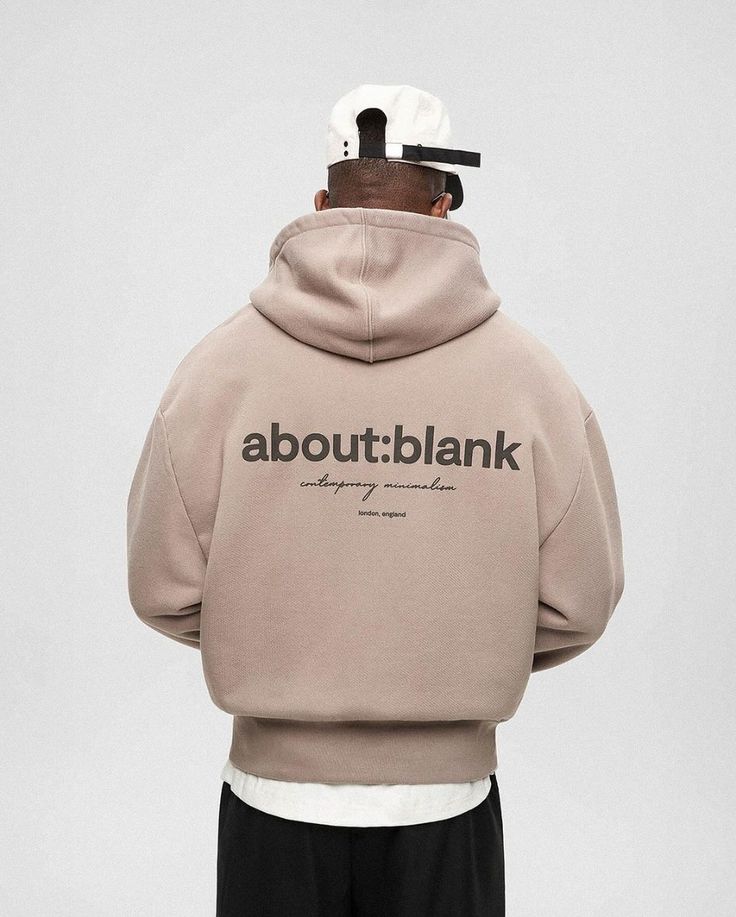No products in the cart.: 0,00 $
Fashion Forward 2025: Defining Tomorrow’s Look Today

The fashion industry stands at the threshold of a bold and transformative era in 2025, where aesthetics, technology, ethics, and personal values converge to create a new definition of style. In this forward-looking exploration, we dive deep into the emerging trends, materials, mindsets, and movements shaping the next wave of global fashion. From high-tech textiles to the resurgence of individuality, the clothing of tomorrow reflects a narrative of innovation, sustainability, and personal empowerment. Fashion in 2025 is no longer just about what you wear—it’s about why, how, and for whom.
Exploring the Evolution of Fashion in a Changing World
Global fashion is experiencing a profound metamorphosis. The year 2025 marks a significant departure from past norms, embracing adaptability, authenticity, and innovation as new cornerstones of style. Economic shifts, digital transformation, and a growing demand for conscious consumption are accelerating this change. Consumers are seeking garments that not only look striking but also represent their identities, values, and lifestyles.
From city streets to digital runways, the modern wardrobe in 2025 encapsulates fluidity and purpose. No longer bound by traditional gender norms or seasonal cycles, clothing now exists as a medium for self-expression, inclusivity, and resilience. This dynamic evolution calls for designers to adopt a broader, more holistic vision of what fashion truly means in the contemporary era.
The Role of Technology in Shaping the Future of Fashion
Technological advancement is one of the most powerful forces propelling fashion into the future. Smart fabrics that respond to temperature, garments embedded with biometric sensors, and virtual fitting rooms have moved from concept to commercial reality. In 2025, fashion and technology are no longer separate spheres but an integrated ecosystem.
Augmented reality (AR) allows shoppers to visualize outfits before purchasing, while artificial intelligence (AI) predicts style preferences and assists in personalized curation. 3D printing is revolutionizing the way clothing is designed and manufactured, reducing waste and enabling unprecedented levels of customization. The blend of innovation and artistry is enabling creatives to push boundaries and offer consumers experiences that are as functional as they are fashionable.
Sustainability as a Driving Force in 2025 Fashion
Eco-conscious design has evolved from trend to necessity. In 2025, sustainability is deeply woven into the very fabric of the industry. From regenerative cotton farming to recycled marine plastics transformed into high-end textiles, every step of the production process is undergoing reinvention.
Brands are increasingly transparent about their supply chains, empowering consumers to make informed decisions. Carbon footprint tracking, water-saving dye techniques, and biodegradable packaging are becoming industry standards. This commitment to environmental responsibility is not only influencing how clothes are made, but also how they are consumed, reused, and recycled.
Fashion houses are shifting away from fast fashion models, favoring slow, intentional creation that values durability and timeless appeal over mass-produced trend cycles. This transition is encouraging a culture of care, mindfulness, and ecological awareness across all levels of the fashion ecosystem.
Redefining Style Through Personal Identity and Cultural Influence
In 2025, personal style is an intimate reflection of one’s beliefs, heritage, and aspirations. Cultural narratives and ancestral legacies are resurfacing as pivotal influences in design, infusing garments with depth, symbolism, and storytelling power. Consumers are no longer passive trend followers; they are cultural participants shaping fashion through their lived experiences.
This shift toward authenticity has prompted designers to collaborate with indigenous artisans, revive traditional crafts, and create inclusive lines that celebrate diversity in body types, abilities, and backgrounds. The fashion of tomorrow is not confined to aesthetic appeal—it embodies the lived realities and dreams of a global society.
Digital platforms have amplified these voices, enabling micro-communities to thrive and challenge dominant beauty standards. Through viral fashion moments, curated content, and cross-cultural exchange, style is evolving into a democratic and collaborative expression of identity.
The Impact of Virtual Fashion and the Metaverse
The rise of digital fashion is reshaping how people engage with clothing. Virtual garments, designed exclusively for use in digital environments such as the metaverse or gaming platforms, are gaining mainstream traction. In 2025, owning a digital wardrobe is just as significant as curating a physical one.
Digital fashion offers limitless creativity, zero material waste, and new avenues for self-expression in virtual social spaces. Influencers and gamers are investing in exclusive digital wearables, while luxury brands are launching NFT fashion collections that blur the line between art, commerce, and identity.
As the metaverse expands, so too does the potential for immersive fashion experiences. From attending virtual runway shows to trying on clothes via avatars, the digital realm is becoming a legitimate arena for style innovation, community engagement, and brand storytelling.
Embracing Gender Fluidity and Fashion Inclusivity
Traditional boundaries in fashion are dissolving as society embraces fluidity and inclusivity. The binary distinction between menswear and womenswear is fading, giving way to gender-neutral collections that prioritize comfort, functionality, and individual choice.
Designers are moving beyond stereotypical silhouettes and palettes, creating pieces that adapt to a wide range of identities and expressions. Fashion in 2025 encourages self-definition, offering a diverse array of styles that speak to every form of masculinity, femininity, and everything in between.
The industry is also making strides toward accessibility, introducing adaptive clothing for people with disabilities and incorporating design elements that cater to a variety of physical needs. This inclusive approach is not only transforming product lines but reshaping the fashion narrative as a whole.
The Resurgence of Craftsmanship and Local Artistry
In a world increasingly driven by automation, there is a renewed appreciation for craftsmanship and human touch. Hand-sewn details, artisanal textiles, and locally sourced materials are making a significant comeback in 2025. Consumers are seeking connection and meaning in the items they wear, favoring quality over quantity.
This renaissance of craft celebrates heritage, supports local economies, and preserves cultural techniques that have been passed down through generations. Bespoke tailoring, embroidery, weaving, and dyeing are enjoying a revival, often infused with modern flair to align with current aesthetics.
By investing in craftsmanship, both brands and buyers are participating in a more sustainable and emotionally rewarding fashion system that values time, skill, and story.
Conclusion: Fashion as a Force for Positive Change
Fashion in 2025 is far more than seasonal trends and runway spectacles—it is a multidimensional force for storytelling, sustainability, and societal transformation. The industry is reimagining itself through innovation, inclusivity, and environmental responsibility, responding to the demands of a more thoughtful and digitally native generation.
As we step into the future, fashion will continue to be a mirror of our cultural values, technological capabilities, and personal ideals. It will invite us to dress not only with style, but with purpose, ethics, and imagination.
By embracing the possibilities of tomorrow, the fashion world is crafting a legacy that honors the past, empowers the present, and inspires the future.



